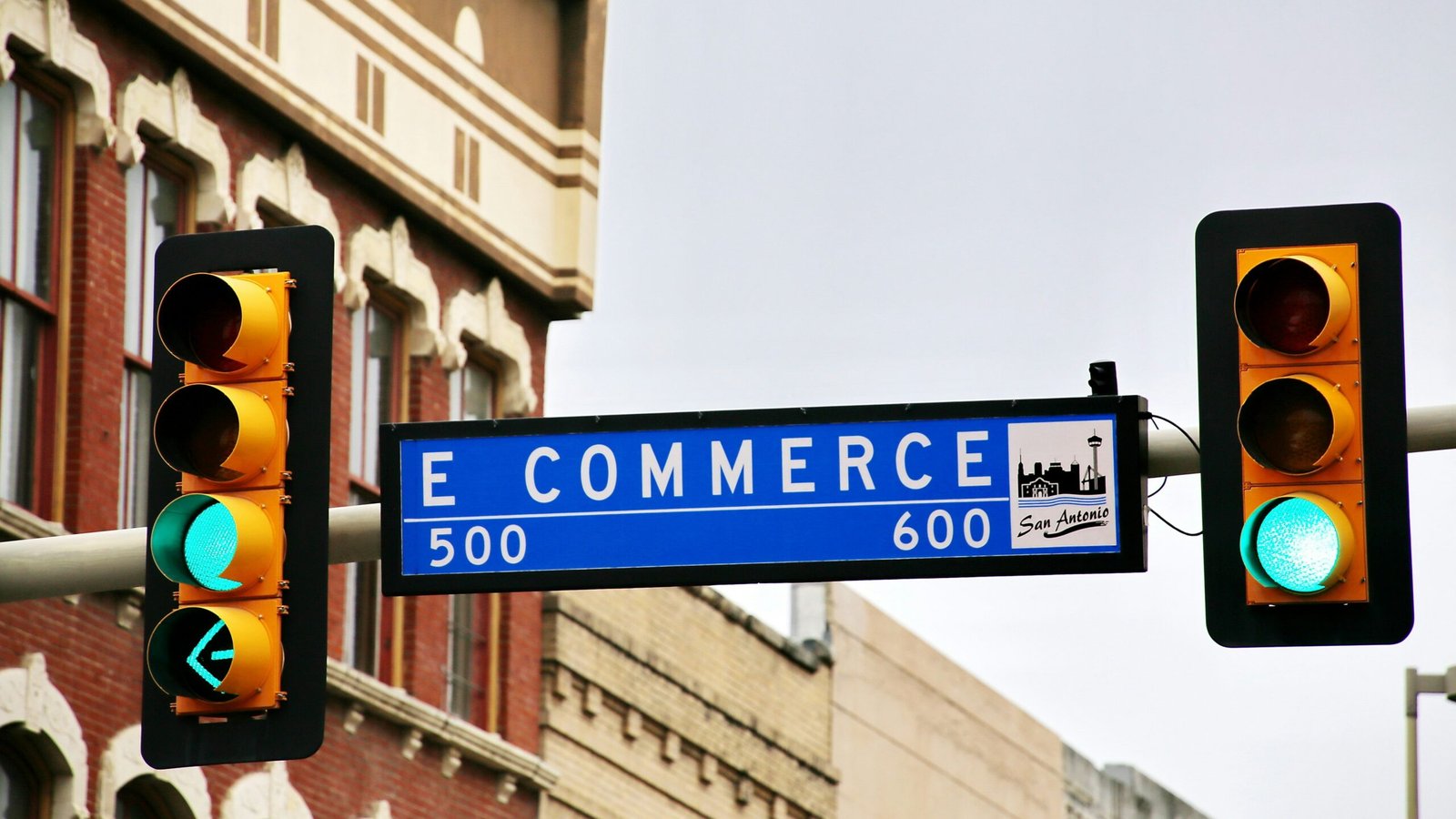Optimizing the Homepage of an E-commerce Website for SEO
The homepage of an e-commerce website serves as the virtual storefront, making it the first impression visitors have of your online business. It is crucial to optimize this page for search engine optimization (SEO) to attract organic traffic and improve your website’s visibility in search engine results. By incorporating relevant keywords in strategic areas and creating a user-friendly design, you can enhance the SEO performance of your e-commerce homepage.
Meta Title and Meta Description
The meta title and meta description are essential elements that appear in search engine results. Including relevant keywords in these areas can significantly impact your website’s ranking. The meta title should be concise, accurately describing your e-commerce website while incorporating primary keywords. It is important to avoid keyword stuffing and keep the title within the recommended character limit (typically around 60 characters).
The meta description provides a brief summary of your website’s content and should entice users to click through to your site. It is an opportunity to showcase your unique selling points and include secondary keywords that support your primary keywords. Aim for a meta description length of around 160 characters.
Headings
Headings play a crucial role in organizing the content on your homepage and signaling its relevance to search engines. Utilize headings (h1, h2, h3, etc.) to structure your page and include relevant keywords in a natural and meaningful way. The h1 heading should accurately summarize the content of your homepage and include primary keywords. Subheadings (h2, h3, etc.) can be used to divide the page into sections and include secondary keywords.
Descriptive and Keyword-Rich Content
When it comes to the content on your homepage, it is essential to strike a balance between being descriptive and incorporating keywords naturally. Your homepage should provide a clear overview of your e-commerce website, highlighting key products or services. Use keyword-rich content to describe your offerings, but avoid overusing keywords, as this can negatively impact the user experience and SEO performance.
Consider creating unique and engaging content that showcases the benefits and features of your products or services. Incorporate relevant keywords throughout the content, but ensure that it flows naturally and provides value to the reader. Remember, the primary goal is to engage and convert visitors, so prioritize user experience alongside SEO optimization.
User-Friendly and Visually Appealing Design
In addition to optimizing the textual content, the design of your homepage also plays a vital role in user experience and SEO. A visually appealing design can capture visitors’ attention and encourage them to explore further. Ensure that your homepage is visually appealing, with high-quality images, clear navigation, and a responsive layout that works well on different devices.
Optimize the loading speed of your homepage by compressing images and minimizing unnecessary scripts or plugins. A slow-loading website can negatively impact user experience and SEO performance. Make sure that your homepage is easy to navigate, with clear call-to-action buttons and intuitive menus.
Another important aspect of a user-friendly design is mobile optimization. With the increasing use of smartphones for online shopping, it is crucial to have a responsive design that adapts to different screen sizes. Google also considers mobile-friendliness as a ranking factor, so it is essential to prioritize mobile optimization.
Conclusion
The homepage of an e-commerce website serves as the first impression for visitors and plays a crucial role in attracting organic traffic. By optimizing the meta title, meta description, headings, content, and design, you can improve the SEO performance of your homepage. Remember to incorporate relevant keywords naturally, prioritize user experience, and create a visually appealing design. With these strategies in place, you can enhance your e-commerce website’s visibility and attract more potential customers.






